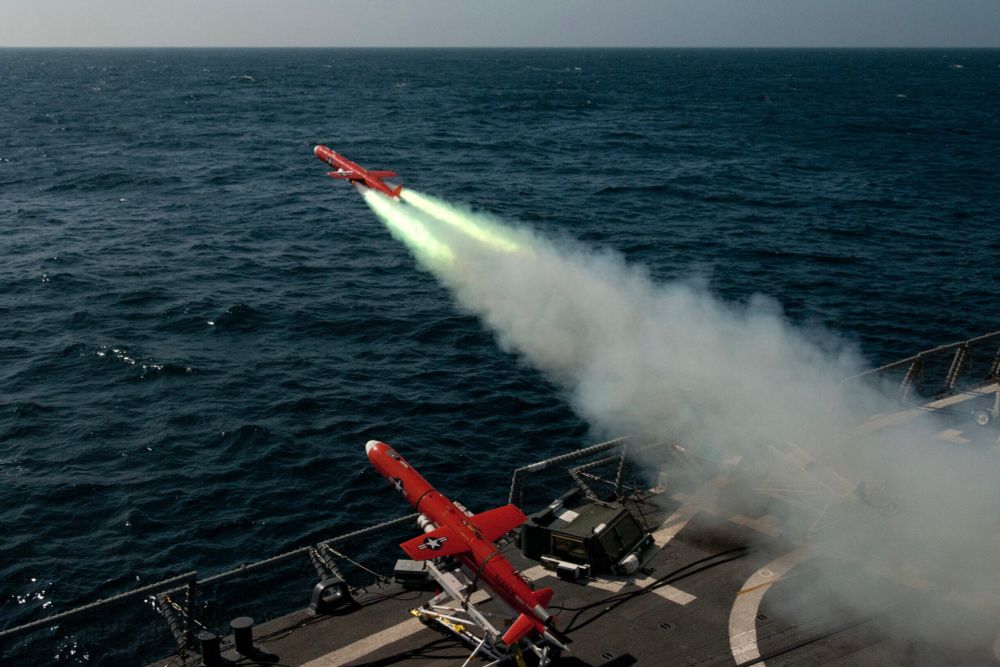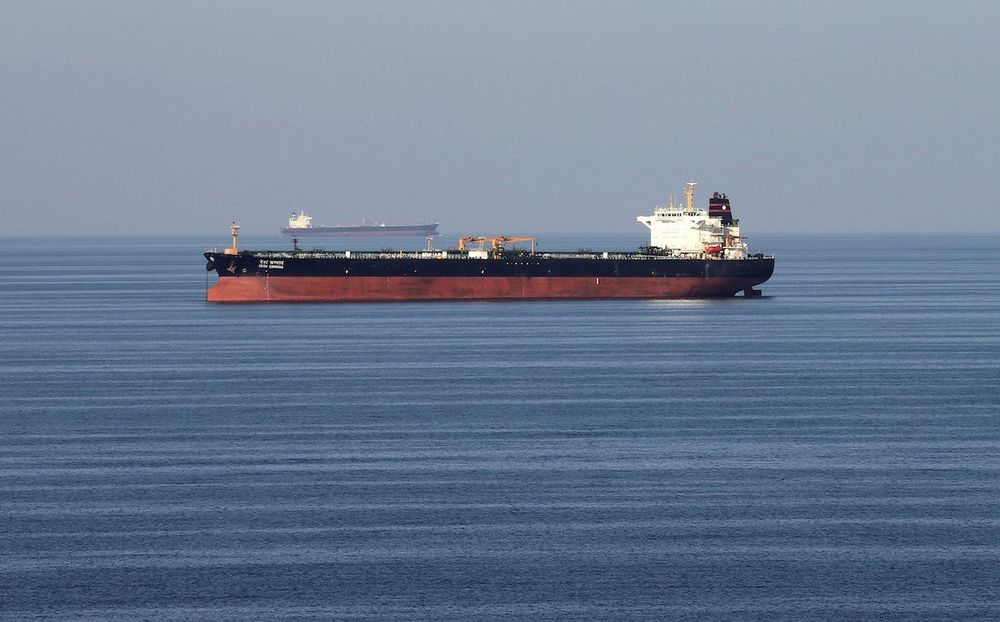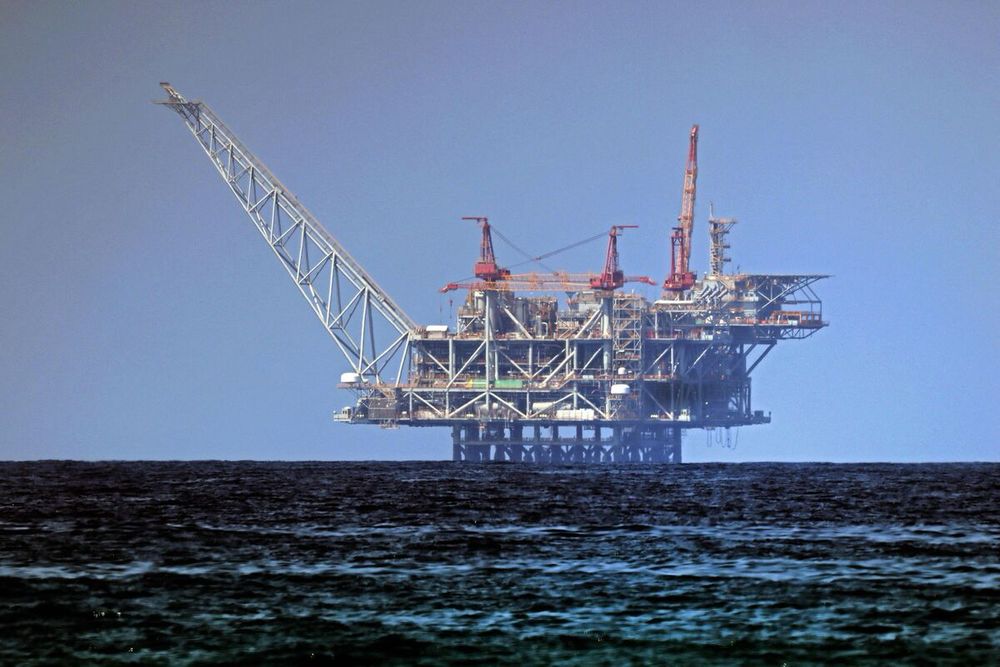
Joshua Tallis
@doctallis.bsky.social
Naval strategy and operations | GWU adjunct professor | St Andrews PhD
As a US administration once again looks towards hemispheric security issues, many of the challenges I anticipated are coming to the fore. As I argued in 2019, there is a path to success here, but it is narrow and at times counterintuitive.
September 7, 2025 at 12:05 PM
As a US administration once again looks towards hemispheric security issues, many of the challenges I anticipated are coming to the fore. As I argued in 2019, there is a path to success here, but it is narrow and at times counterintuitive.
Military tactics, however, may not be the ideal mechanisms for challenges that are often closer to crime than war. Leveraging the Navy’s capabilities, without overly militarizing maritime security, is a complicated problem that requires a strategic and partner-oriented approach to the challenge.
September 7, 2025 at 12:05 PM
Military tactics, however, may not be the ideal mechanisms for challenges that are often closer to crime than war. Leveraging the Navy’s capabilities, without overly militarizing maritime security, is a complicated problem that requires a strategic and partner-oriented approach to the challenge.
This highlights the importance of transitioning mature UxS out of experimental task forces and into the hands of commanders who need to gain operational familiarity with these systems in order to understand how to best employ them. That is, not coincidentally, a key charge in the 2024 NAVPLAN.
www.navy.mil
July 1, 2025 at 2:20 AM
This highlights the importance of transitioning mature UxS out of experimental task forces and into the hands of commanders who need to gain operational familiarity with these systems in order to understand how to best employ them. That is, not coincidentally, a key charge in the 2024 NAVPLAN.
(3) The author assesses that poor target/weapon pairing contributes to some meaningful portion of small UAS failures. Commanders in Ukraine use drones because they have them, regardless of whether they are the most economical or effective tool for a strike.
July 1, 2025 at 2:20 AM
(3) The author assesses that poor target/weapon pairing contributes to some meaningful portion of small UAS failures. Commanders in Ukraine use drones because they have them, regardless of whether they are the most economical or effective tool for a strike.
This is consistent with the findings from my own @warontherocks.bsky.social analysis last year, which observed that the operational effectiveness of UAS and USVs in the Black and Red seas were both highly dependent on integration with more conventional cruise and ballistic missiles.

The Calm Before the Swarm: Drone Warfare at Sea in the Age of the Missile - War on the Rocks
We are not yet at a paradigm-shifting moment in the role of autonomous or robotic systems at sea. Nor are we likely to reach a revolutionary precipice
warontherocks.com
July 1, 2025 at 2:20 AM
This is consistent with the findings from my own @warontherocks.bsky.social analysis last year, which observed that the operational effectiveness of UAS and USVs in the Black and Red seas were both highly dependent on integration with more conventional cruise and ballistic missiles.
(2) Offensively, a critical observation here is the importance of understanding uncrewed systems as enablers operated in conjunction with other, often legacy systems (“the vast majority of our sorties were against targets that had already been struck successfully by a different weapons system”).
July 1, 2025 at 2:20 AM
(2) Offensively, a critical observation here is the importance of understanding uncrewed systems as enablers operated in conjunction with other, often legacy systems (“the vast majority of our sorties were against targets that had already been struck successfully by a different weapons system”).
My take on 3 U.S. Navy implications:
(1) Defensively, the author’s findings may prove instructive for Navy’s counter-UAS strategy, given these systems may be less effective and less operationally impactful than initial observations suggest (particularly for precision strike).
(1) Defensively, the author’s findings may prove instructive for Navy’s counter-UAS strategy, given these systems may be less effective and less operationally impactful than initial observations suggest (particularly for precision strike).
July 1, 2025 at 2:20 AM
My take on 3 U.S. Navy implications:
(1) Defensively, the author’s findings may prove instructive for Navy’s counter-UAS strategy, given these systems may be less effective and less operationally impactful than initial observations suggest (particularly for precision strike).
(1) Defensively, the author’s findings may prove instructive for Navy’s counter-UAS strategy, given these systems may be less effective and less operationally impactful than initial observations suggest (particularly for precision strike).
The author notes (with regard to UAS) that “[higher end] loitering munitions provide greater precision in day and night, more ease of use, and higher resistance to electronic interference than first-person view drones… The investment in quality seems to justify the greater expense.”
July 1, 2025 at 2:20 AM
The author notes (with regard to UAS) that “[higher end] loitering munitions provide greater precision in day and night, more ease of use, and higher resistance to electronic interference than first-person view drones… The investment in quality seems to justify the greater expense.”
BLUF: “If a member of a NATO military were hypothetically to ask me whether NATO countries should acquire first-person view drone capabilities, based on my experience and given the current state of the technology, I would probably say no.”
July 1, 2025 at 2:20 AM
BLUF: “If a member of a NATO military were hypothetically to ask me whether NATO countries should acquire first-person view drone capabilities, based on my experience and given the current state of the technology, I would probably say no.”
And while industry is not, so far, pricing in a Hormuz closure, they do seem to expect continued postponement of Red Sea traffic. The former is good for tankers, the latter for containers, though the long term impact on freight rates may not be as large as the Red Sea crisis has been.

Tankers Keep Moving Through Strait of Hormuz as Israel-Iran Conflict Escalates
Merchant shipping is continuing to pass through the Strait of Hormuz despite Israel's attacks on Iran on Friday, the multinational, U.S.-led Combined Maritime Force said, although some shipowners were...
gcaptain.com
June 13, 2025 at 6:32 PM
And while industry is not, so far, pricing in a Hormuz closure, they do seem to expect continued postponement of Red Sea traffic. The former is good for tankers, the latter for containers, though the long term impact on freight rates may not be as large as the Red Sea crisis has been.
Shipping seems to believe that conflict is not bad for business. Asian shipping stocks rose on the news of the strikes. Part of that is a hypothesized boon to crude carriers capitalizing on a potential dip in the number of Iranian tankers available to operate (see above from Lloyd’s List).
Tanker and gas stocks lead shipping shares rally after Israel attacks with Hormuz Strait in focus
Frontline, Okeanis and Hunter Group all see stocks rise, as did BW LPG
www.tradewindsnews.com
June 13, 2025 at 6:32 PM
Shipping seems to believe that conflict is not bad for business. Asian shipping stocks rose on the news of the strikes. Part of that is a hypothesized boon to crude carriers capitalizing on a potential dip in the number of Iranian tankers available to operate (see above from Lloyd’s List).
An executive at an international shipping association believes that any “tripwire” for impacts to global shipping in the Strait of Hormuz or the Red Sea would be the perception of U.S. involvement (so far no evidence of that).

Combined Maritime Forces on war footing as Iran promises revenge
Israel launched a strike on Iran overnight that targeted nuclear sites and military facilities, and shipping is braced for what comes next
www.lloydslist.com
June 13, 2025 at 6:32 PM
An executive at an international shipping association believes that any “tripwire” for impacts to global shipping in the Strait of Hormuz or the Red Sea would be the perception of U.S. involvement (so far no evidence of that).
So far, observers are not forecasting major shocks to global distribution. Iran is not yet reporting damage to oil facilities, and the head of the International Energy Agency issued a statement that oil “markets are well supplied.” x.com/fbirol/statu...
x.com
June 13, 2025 at 6:32 PM
So far, observers are not forecasting major shocks to global distribution. Iran is not yet reporting damage to oil facilities, and the head of the International Energy Agency issued a statement that oil “markets are well supplied.” x.com/fbirol/statu...
The Strait of Hormuz straddles >1/3 global crude shipments. Existing pipelines in the region (in KSA, UAE, Iraq) have limited spare capacity to move much more by land (maybe 4 million barrels a day). A disruption to Hormuz traffic could impact around 11 mbpd, most of which goes to Asia.

Oil transit through Strait of Hormuz unlikely to be disrupted by regional unrest
13 Jun 2025: The Israeli strikes on Iranian nuclear and military facilities on Friday 13th June, followed by Iran’s retaliatory actions, have heightened fears of a broader regional conflict and potent...
www.drewry.co.uk
June 13, 2025 at 6:32 PM
The Strait of Hormuz straddles >1/3 global crude shipments. Existing pipelines in the region (in KSA, UAE, Iraq) have limited spare capacity to move much more by land (maybe 4 million barrels a day). A disruption to Hormuz traffic could impact around 11 mbpd, most of which goes to Asia.
Israel has temporarily shut down exploitation of its Leviathan gas field, the major deposit in Israel’s EEZ west of Haifa. The complex supplies gas to Egypt, which may see the cost of LNG rise as Cairo looks to seaborne alternatives. Energy prices are not something you want to see spiking in Egypt.

Israel Orders Temporary Shutdown of Its Biggest Gas Field
Israel shut down production at its biggest natural gas field after it launched airstrikes against Iran, stopping supplies to import-dependent Egypt and raising concerns about fuel shortages there.
www.bloomberg.com
June 13, 2025 at 6:32 PM
Israel has temporarily shut down exploitation of its Leviathan gas field, the major deposit in Israel’s EEZ west of Haifa. The complex supplies gas to Egypt, which may see the cost of LNG rise as Cairo looks to seaborne alternatives. Energy prices are not something you want to see spiking in Egypt.
My only reclama is that we keep the scale of the two efforts in mind. The US under OPG downed ~400 projectiles prior to the latest round of shooting. Nearest I can tell, EU Naval Forces claim around two dozen, which U.S. and UK forces did on some individual days in the thick of the fighting.
April 25, 2025 at 6:09 PM
My only reclama is that we keep the scale of the two efforts in mind. The US under OPG downed ~400 projectiles prior to the latest round of shooting. Nearest I can tell, EU Naval Forces claim around two dozen, which U.S. and UK forces did on some individual days in the thick of the fighting.

